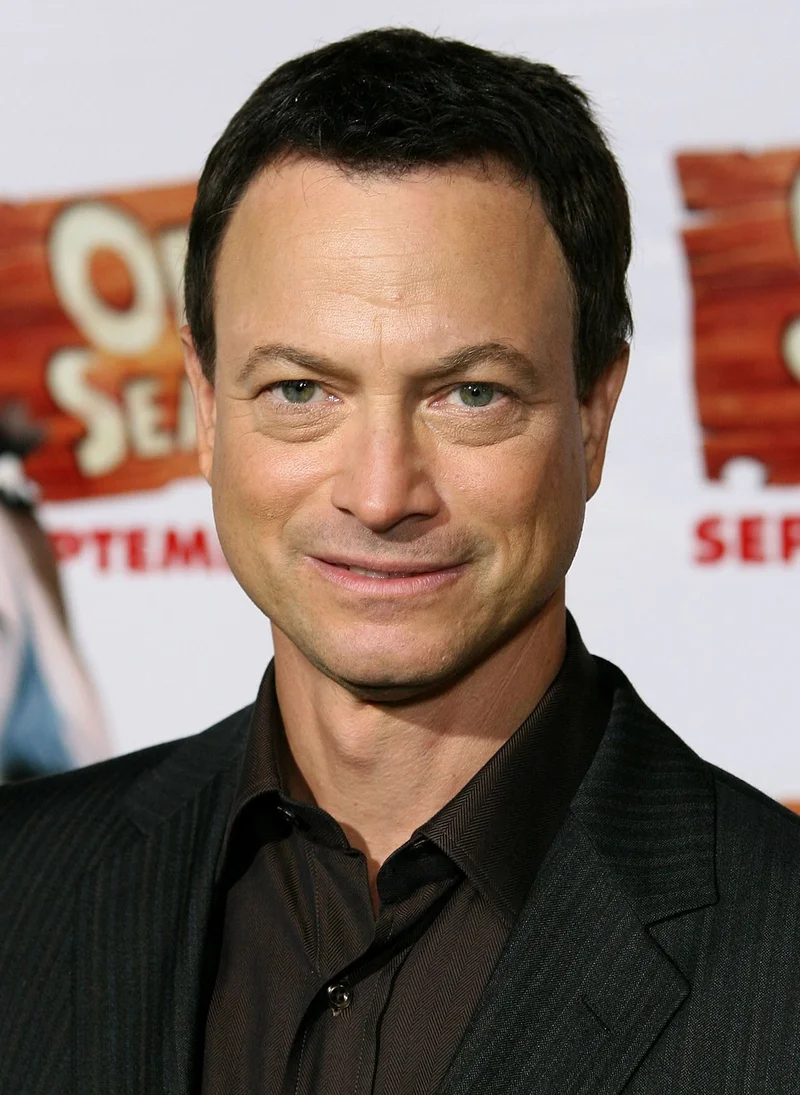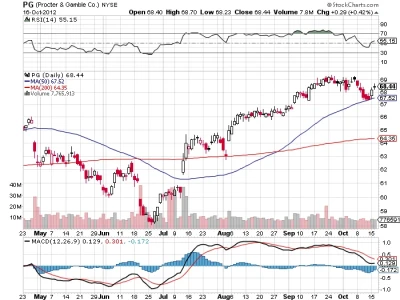The Sinise Pivot: Deconstructing a Career's Shift from Cultural Capital to Lasting Legacy
A graduation speech is a predictable asset class. The speaker, typically a figure of established success, offers a boilerplate mix of inspiration, anecdote, and forward-looking platitudes. The audience, a sea of robed graduates, absorbs it with a blend of pride and impatience. By most measures, Gary Sinise’s keynote address to the Vanderbilt Class of 2025 on May 8th fit the archetype. The core message, as reported by the university, was that the Actor, philanthropist Gary Sinise urges graduates to live meaningful lives in service to others.
But to view this event as just another celebrity commencement speech is to miss the larger, more interesting transaction that has been taking place for over two decades. I’ve analyzed market pivots and corporate restructurings, and what I see in Sinise’s career is a masterclass in strategic reallocation. He has systematically converted the volatile, high-beta asset of Hollywood fame into the stable, long-term-yield asset of a philanthropic legacy. His speech at Vanderbilt wasn't just a message to graduates; it was, in effect, a status report on one of the most successful personal-brand pivots I've ever observed.
This wasn't an accident. It was a deliberate, multi-stage process, and it all began with a single, iconic role that created the seed capital for everything that followed.
The Foundational Asset: How 'Lt. Dan' Became a Perpetual Bond
Before the Gary Sinise Foundation, before the USO tours and the Presidential Citizens Medal, there was Lieutenant Dan Taylor. His portrayal of the wounded, cynical Vietnam veteran in Forrest Gump was more than an Oscar-nominated performance (a nomination he received in 1995). It became his foundational asset. In the public consciousness, it forged an unbreakable link between the actor Gary Sinise and the archetype of the American veteran. This wasn't just a popular role; it was the creation of a deep, emotional brand equity that he would later leverage with extraordinary precision.
Think of it as a perpetual bond, an investment that continues to pay dividends decades later. While other actors move from role to role, diluting their public association, Sinise's identity became inextricably fused with military service. This provided him with something most celebrities lack: unimpeachable credibility within a specific, deeply respected community. When he speaks about veterans, it doesn't sound like a Hollywood actor reading a script; it sounds like Lt. Dan has walked off the screen and into the real world to finish his mission.
I've looked at the trajectory of hundreds of public figures, and this kind of singular, potent association is an anomaly. It raises a critical question that the standard narrative of his life doesn't fully address: How much of this was a planned career strategy versus a serendipitous alignment of personal conviction and professional opportunity? Did he recognize the long-term value of the Lt. Dan "asset" from the beginning, or did he only come to understand its power later?

The data point that signals the shift from passive asset to active strategy is, by his own account, September 11, 2001. He called it a "turning point in his journey from self to service." In analytical terms, this was the catalyst event that triggered the portfolio reallocation. He saw a market need—a nation grappling with fear and a military community about to enter a new era of sacrifice—and he moved his capital to meet it. He began with USO tours and fundraising, but the formalization of this strategy came in 2011 with the establishment of The Gary Sinise Foundation. This was no longer a hobby; it was the new core holding.
The Reallocation: Liquidating Fame for Tangible Impact
A foundation is a vehicle. For many celebrities, it’s a tax-efficient way to manage charitable giving, often run by a staff while the principal figure remains focused on their primary career. Sinise’s model appears fundamentally different. He didn’t just fund the vehicle; he got in the driver's seat. The relocation of his foundation to the Nashville area in 2021 is a telling logistical indicator. You don’t move your life’s mission to Tennessee from California on a whim; you do it to be closer to the communities you serve, embedding the operation in a region with a significant military and veteran population.
His speech at Vanderbilt highlighted the operating philosophy. He spoke of John Vigiano, a retired FDNY firefighter who lost both sons on 9/11 and channeled his grief into service. "By lifting someone else up, we in turn lift ourselves," Sinise quoted, articulating a principle that sounds less like a feel-good mantra and more like a sustainable business model for personal fulfillment. Joy, he said, connects to mission. This is the qualitative metric he’s optimizing for.
I've examined countless corporate mission statements, and the clarity of the Gary Sinise Foundation's purpose is a genuine outlier. There is no ambiguity. Its programs—from building smart homes for wounded veterans (a program called R.I.S.E.) to supporting families of the fallen through initiatives like Snowball Express—are designed for tangible, measurable outcomes. In one recent example of its broad support for first responders, the Gary Sinise Foundation, Amazon Give Equipment Grants to Area Firefighters. Since its founding, the foundation has served thousands of individuals—or to be more precise, its unique programs have directly impacted the lives of tens of thousands across the country.
This isn’t simply "giving back." This is a full-scale operational pivot. Sinise still acts, but a quick look at his filmography shows a clear deceleration in the past decade. His primary work product is no longer movies; it's the output of his foundation. He has effectively liquidated the ephemeral currency of celebrity for the durable currency of impact. The question this raises for other public figures is stark: What is the quantifiable "conversion rate" of fame into sustained, on-the-ground action, and where does Sinise's model fall on that spectrum? My analysis suggests it's at the absolute highest end. He has executed a near-total transfer of his brand's value from one column on the ledger to another.
A Legacy Beyond the Box Office
When you strip everything else away, the Gary Sinise story is an object lesson in long-term value creation. He understood, perhaps earlier than most, that the applause from a hit movie fades and box office returns are eventually forgotten. The cultural capital of an actor has a half-life. He took that depreciating asset and invested it in something that compounds over time: a self-sustaining institution built on service. His Vanderbilt speech wasn’t just advice for 20-somethings. It was a final report to his shareholders—the public—on the performance of a life portfolio that has massively outperformed its benchmark. The ultimate return isn't measured in dollars, but in a legacy that will outlive any film he ever made.

